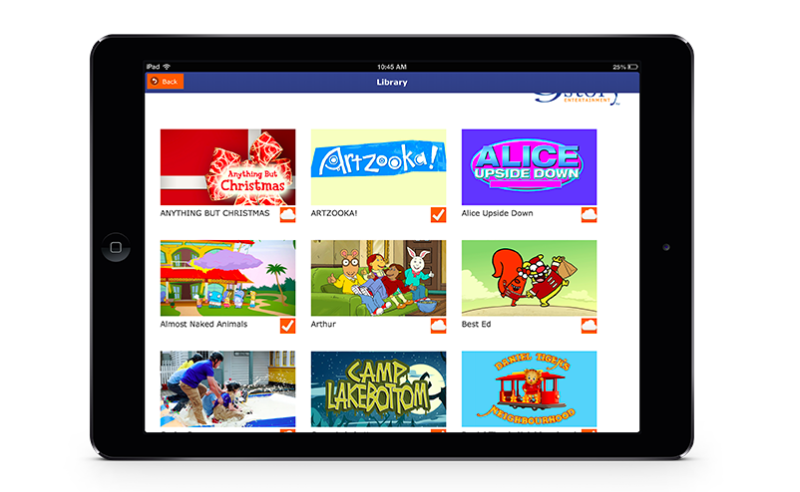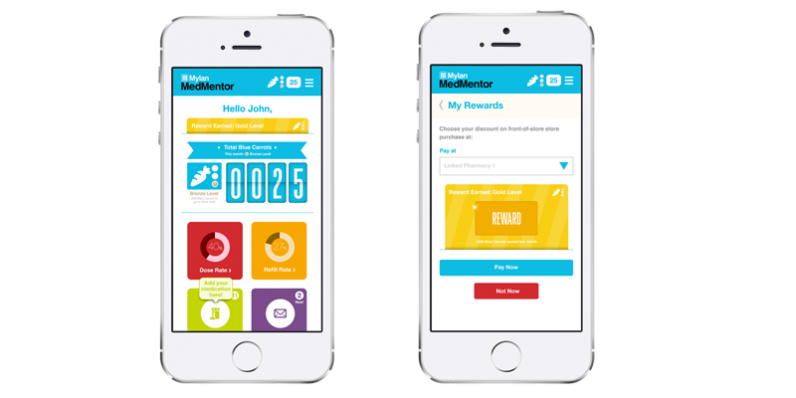Enterprises today are only as good as the software that powers them.
But with business applications come a number of costs and challenges:
- Maintenance – both development and vendor management – is more time-consuming and costly
- New feature development – can be inefficient if you’re running it internally
- Siloed data – information can be difficult to share, even in the world of APIs
What can organizations do?
Build robust business applications on top of existing CMSs.
Here are four primary benefits to building a business app on the back of a CMS instead of from the ground up, and why major enterprises should be thinking about their content management systems as more than an easy way to keep their website up to date.
1. Commercially supported
Regardless of whether you build or buy your enterprise application, you’re going to have to maintain it.
Security updates, feature requests and updates, fixes, patches, testing, and the variety of functions filled by DevOps are all going to come out of your pocket.
But by building on top of a CMS, much of that work is already being paid for.
For example, if you’re using a commercially-supported CMS like Advantage CSP, maintenance costs are already being paid to keep your site up and running. Adding a small increase to those costs to expand that maintenance to a business app is far less costly because there’s less work to do.
2. Efficient development
No matter how good your business application is, you’re always going to receive new feature requests from your users.
It’s a fact of software life – as soon as you build it one way, someone, somewhere, wants it another way.
With a traditional build-or-buy business application model, new feature development is typically costly and time consuming.
Which is why most enterprise software feels about 10 years behind consumer-facing products.
Even with libraries like those provided by Java or .NET frameworks, the CMS world is still legions ahead in terms of plugins available.
There are thousands of plugins for most popular CMS platforms, making it remarkably fast and simple for developers (internal or external) to respond to feature requests.

3. Better content integration
We can’t talk about content management systems without talking about content.
With a CMS-powered business application, content integration just comes as standard. Which, for content-driven or content-dense organizations, makes their life a lot easier.
Specifically, by using a hybrid 'headless CMS’ such as Advantage CSP or Sitefinity to power your business application, you can take content stored in the CMS that powers your traditional website, and dynamically deliver it to your second-screen experience – be it an app, a kiosk, or something else entirely.
For example, we worked with 9Story to develop an iPad app to showcase its video library. All of the videos are managed in the same CMS that powers their corporate website, but are delivered in an experience unique to the iPad.
The business app also contains unique logic and permissions to determine who has access to which videos, and for how long.

Similarly, we deployed a CMS-integrated mobile app for Mylan Pharmaceuticals that draws on information from its content management system to provide a seamless experience to the end-user, helping patients stick to their medication routine and rewarding medication adherence. The ability to keep fresh content constantly flowing from a single source is absolutely critical.
The ability to keep fresh content constantly flowing from a single source is absolutely critical.
With traditional business applications, updating content is often a time-consuming and clunky job. Software updates, for example, are often held up by technical writers not being able to update existing help documentation readily enough.
But with a CMS-based business application, managing content is far easier for the simple fact that managing content is what content management systems do best. Content can easily be swapped in and out for multiple user end-points, from a single repository.
Better management means the most up-to-date content goes to the right place at the right time – without hours of additional work.
4. Easier systems integration
Finally, we get to systems integration. The last and arguably most significant benefit of a CMS-driven business application is that integration is far, far easier.
Most of the popular CMS platforms on the market offer robust APIs designed to make integration easy. For example:
- Advantage CSP and Sitefinity work with all major APIs
- Drupal is capable of fully integrating with a range of products
- WordPress can connect to Zapier, giving it a world of potential consumer and business integrations
Essentially, CMS platforms have been designed to work wellin a larger digital ecosystem.
By contrast, many business applications, whether for security concerns or simply a lack of emphasis on integration, fail to play well with a range of software. It might be that your business application doesn’t work with your contact management tool. Or your email marketing software doesn’t talk to your internal content system, requiring someone to duplicate relevant content.
Whatever the case, you want a tool that will work the way you want, not one that’s going to shape how you work. Building on a CMS is a quick way to achieve that goal.
Wrap up
Every organization is different. But at the same time, regardless of what your business does and what you want from your software, there’s often some common, basic functionality you’re looking to achieve.
By building business applications on the back of your CMS, and specifically a hybrid headless CMS, you bring those core objectives closer, without burning through IT resources and without running up a substantial implementation bill.
You can unite business data in one place, push content exactly where it needs to go, and rely on all your systems playing nicely together.
But mostly, building on a CMS gives you peace of mind that your business application will work each time, every time, no matter what you throw at it.
